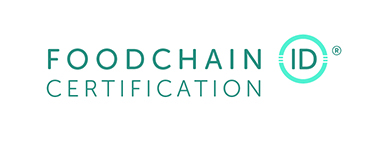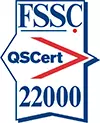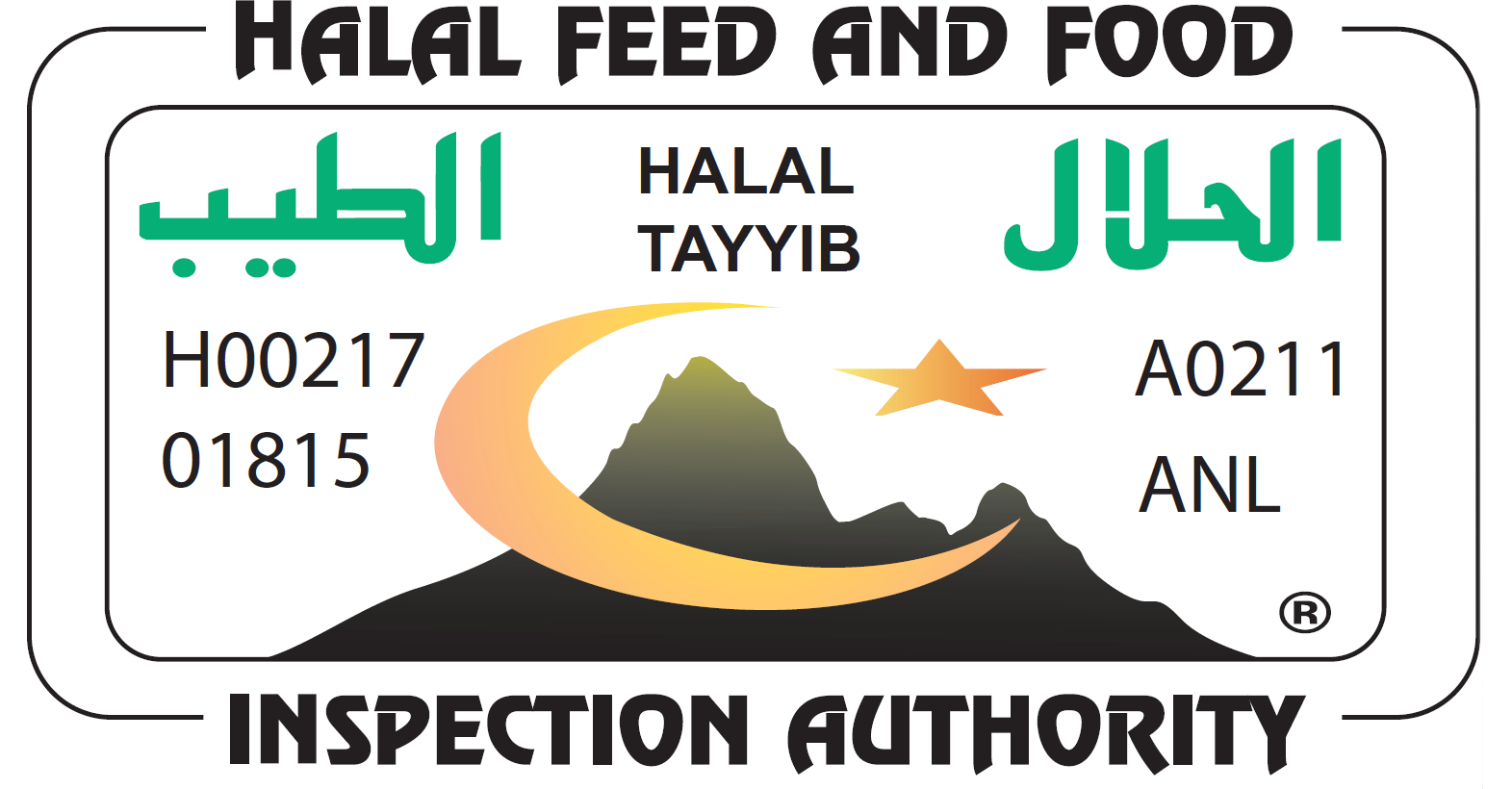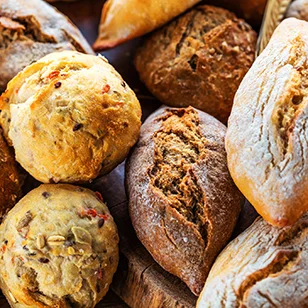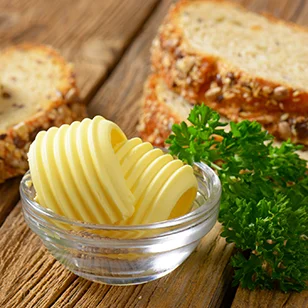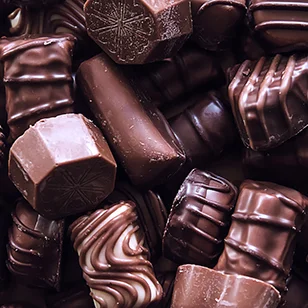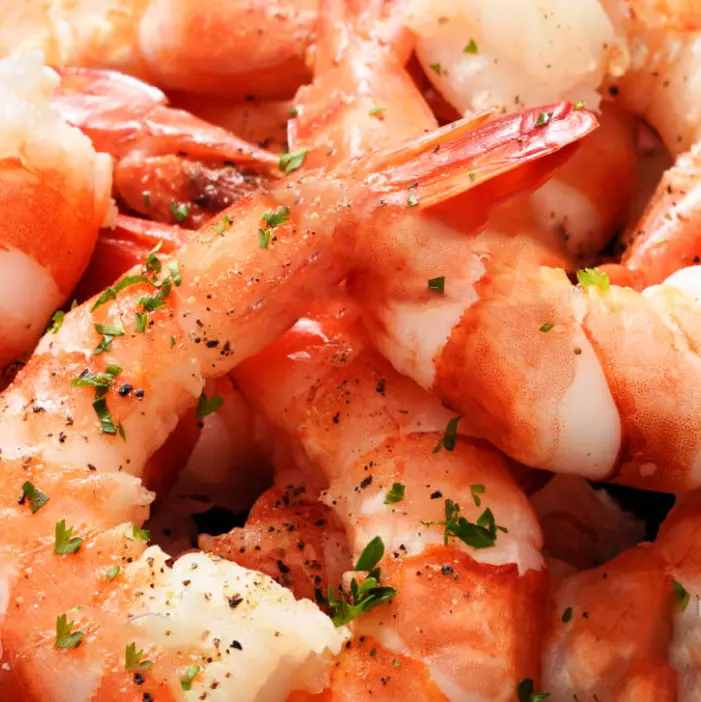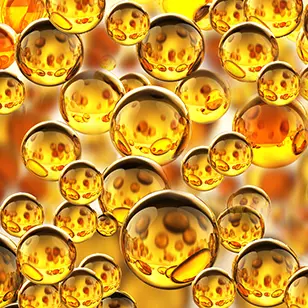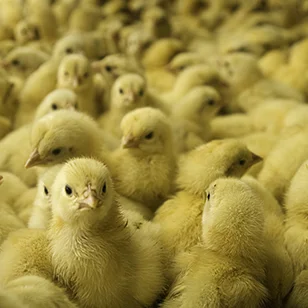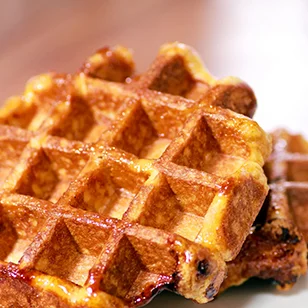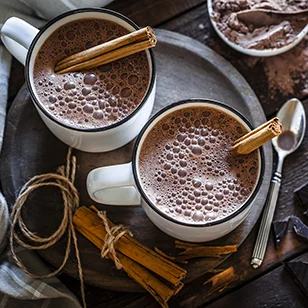Applications
Margarines

Due to its emulsifying features lecithin is commonly used in production of margarines and spreads both for household and commercial purposes as well as low fat spreads. It refines the texture and forms a stable and smooth consistency of a product, improving spreadability and mouth feel. Lecithin provides fine dispersion of fats and liquids in margarines, which reduces spattering and prevents sticking when frying thus keeping up kitchen comfort and safety.
Anti-sticking properties of lecithin make it a perfect and necessary ingredient in a wide range of cooking sprays for commercial use. As a release agent lecithin is used to provide easy removal of products from pans, tins, or belts, and also to help separate items from each other. In such cases lecithin-containing substances form a barrier between food products and surfaces, helping to release raw and end products of their molds and separate sliced foods.
Margarine as a product can be talked about since the 1800s. Today margarine is one of the first mass- produced daily food products. History bears witness to the development of a large number of types and trends. However, they all have several common features:
- They are all water-in-oil emulsions
- They always use lecithin.
In order to obtain a butter-like consistency, it is necessary to create a dispersion of water droplets in a continuous oil / fat phase. The creation of water-in-oil emulsions with a water particle size of 1-5 microns guarantees the best physical and microbiological stability. Depending on the total water content (16% to 60% water), the interface area between the dispersed water droplets and the continuous oil phase can vary greatly. It is important to know that the type of emulsifier primarily determines the type and stability of the emulsions! The idea is to create "strong membranes" that surround and protect the dispersed water droplets at the oil interface. These "strong membranes" are built from lecithin and predominantly monoglycerides, and in some cases from citric acid esters of monoglyceride emulsifiers. "Membranes" are created spontaneously by molecular multilayers of emulsifiers, ensuring the stability of the emulsion. These quasi-solid molecular multilayers are described in the literature as a liquid crystalline phase. A characteristic feature of the most effective lecithin and emulsifiers used in water-in-oil emulsions is a low HLB number = 4 (hydrophilic-lipophilic balance). However, in some cases, such as "low salt frying margarine", hydrolyzed lecithin and citric acid emulsifier with a higher HLB number of about 8, are used to control the level of evaporation of water released when the margarine is melted. Hydrolyzed lecithin is widely used in low fat margarines, as well as in spreads where they bind significant amounts of water.
It is important to know that the type of emulsifier, as well as the way the water and oil are mixed, are of great importance for the type of emulsion. In margarines, water and water-soluble components must be added to the oil phase and its components at the same temperature. Why not just use lecithin or why not just use a monoglyceride? Almost all types of margarines use both products at the same time - lecithin and monoglyceride, usually 0.2% each or more, depending on the type of margarine.

Several reasons for using lecithin:
● low costs for emulsification
● anti-splashing effect in frying margarines
● roasting color / appearance / plasticity / taste similar to creamy
● plastic margarine for puff pastry
● improve the solubility of monoglycerides below their melting point
● antioxidant effect due to metal binding
● more stable warm plastic emulsion before cooling
● creamy margarines are more stable in the dough
The lecithins used in margarines can be divided into three groups:
- Standard Lecital lecithin - a thick, viscous, brown, opaque liquid with a phospholipid content of at least 60%; the fractional composition corresponds to the natural ratio.
- Enzymatically hydrolyzed Lecital lecithin (lysolecithin). These are phospholipids in which one of the fatty acid radicals is substituted on -OH group. Best suited for low fat margarines.
- Fractionated Lecital lecithin. These are lecithin products with concentrated phosphatidylcholine content to 35%. Since it is the phosphatidylcholine fraction that is responsible for the formation of a continuous film on the surface of fat and water droplets, such lecithin is good for use in heat-treated margarines.
The type of lecithin that is used depends mainly on the salt content of the margarine. For home use margarines and many commercial baking and puff pastry margarines, standard lecithin and enzymatically modified, i.e. hydrolyzed. For low-salt and no-salt margarines, lecithin enriched with phosphatidylcholine is used. There is now a steady trend towards moving from standard lecithin to hydrolyzed lecithins.
